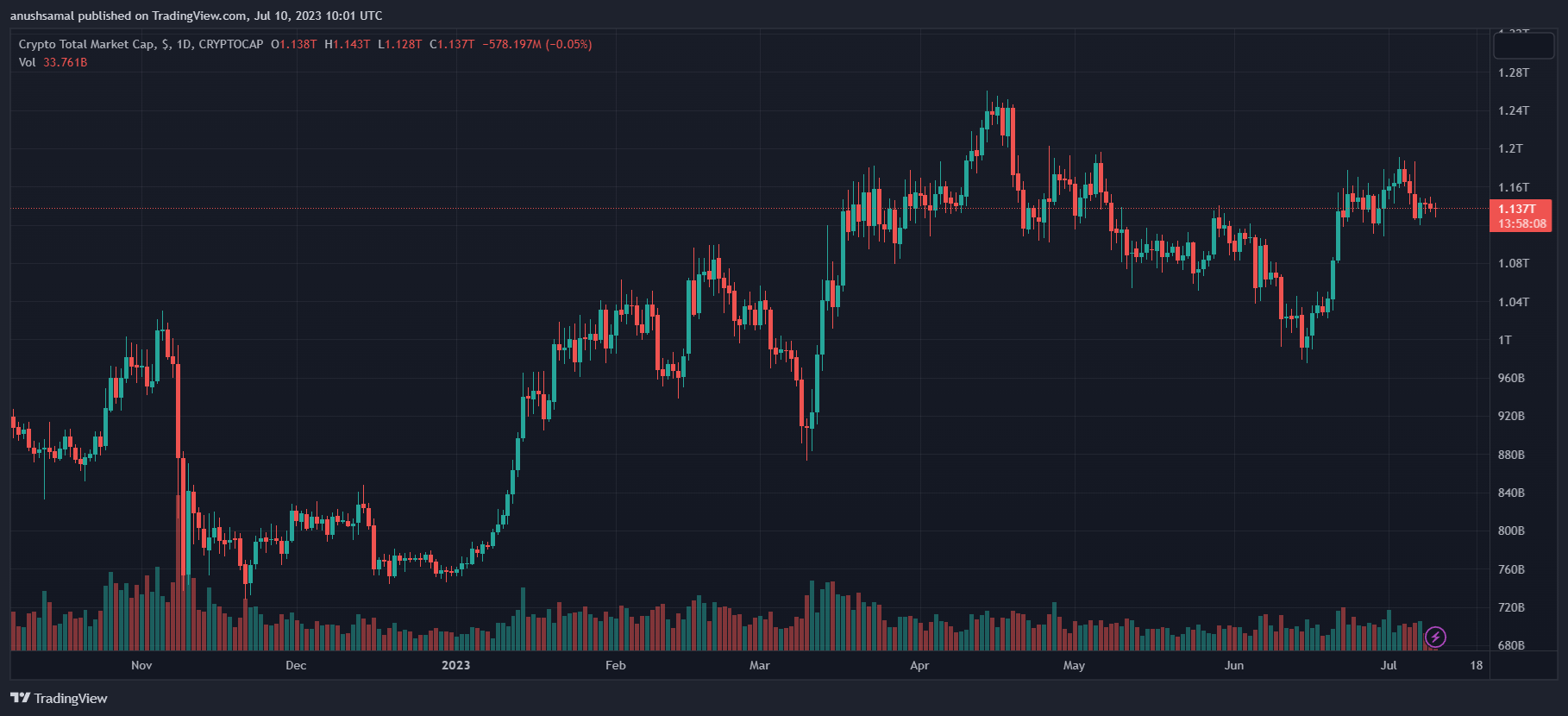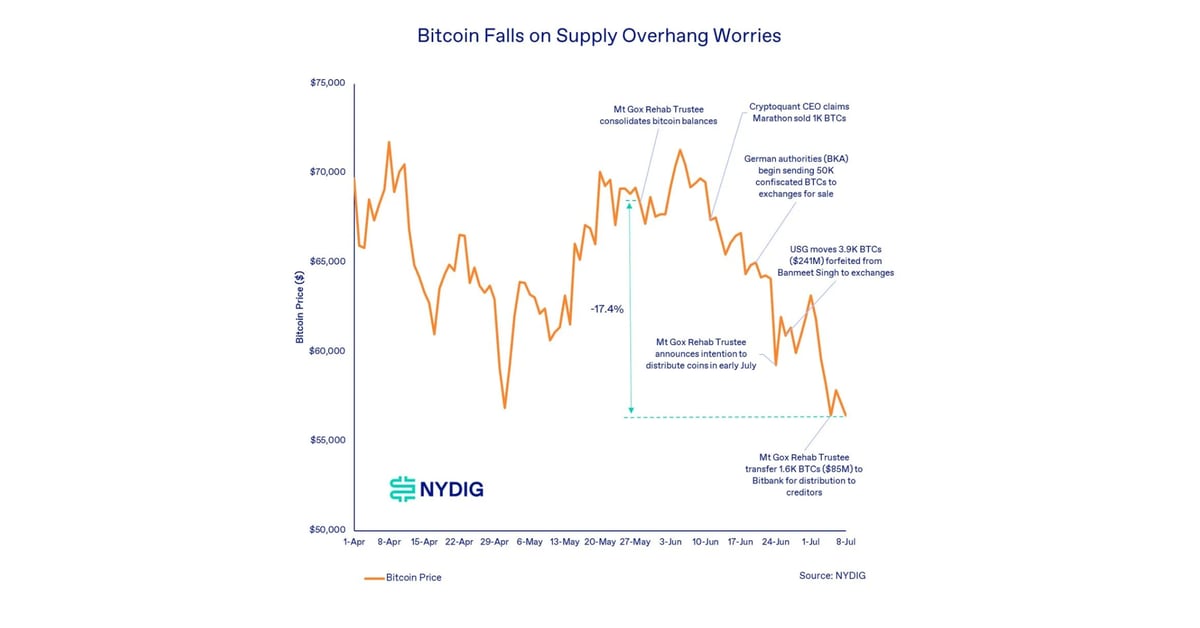Vitalik Buterin, the inventor of Ethereum, recently participated in a Twitter Spaces discussion hosted by “Altcoin Slayer ” Eric Wall and Bitcoin developer, Udi Wertheimer. During the event, Buterin shared his insights on the possibilities for Bitcoin to evolve and expand beyond its traditional role as a payment mechanism.
He envisions the Bitcoin network adopting scalable solutions such as zero-knowledge rollups (ZK-rollups) in order to reach its full potential.
He stated:
I think if we want Bitcoin to be more than just payments, it will need scaling options like Plasma or ZK Rollups
Buterin also noted that Bitcoin’s politics pose a major challenge. He mentioned feeling a lack of alignment with these dynamics, stating that he doesn’t vibe with these dynamics.
During the discussion, the co-founder shed light on how Ethereum has progressively integrated diverse scaling solutions over time to enhance its throughput, as scaling emerged as the central topic of the discussion.
Layer-2 Scaling Approaches And Their Potential To Boost Bitcoin
Buterin emphasized the relatively slow transaction throughput of Bitcoin and stressed the importance of implementing additional Layer-2 scaling approaches. These approaches would aim to enhance the speed at which individuals can send and receive digital assets, addressing the need for improved efficiency in the BTC network.
Rollups are recognized as a Layer 2 solution that packages transaction data and moves it away from the main chain or Layer 1 blockchain.
A ZK-rollup, for one, is an off-chain protocol that functions on the Ethereum blockchain, managed through on-chain Ethereum smart contracts. It provides a scalable and faster method for transaction verification while preserving user privacy by avoiding the sharing of sensitive information.
Buterin specifically mentioned Optimism and Arbitrum as two notable examples of successful rollup implementations. He suggested that these projects could serve as valuable case studies for Bitcoin.
Over the years, Ethereum has been actively exploring a diverse range of scaling solutions. Presently, it is undergoing its latest update, known as EIP-4844, which introduces the concept of blob blocks.
This update has the potential to enable a transaction throughput of up to 100,000 transactions per second given that scalability has been a recurring and extensive topic of discussion for both Bitcoin and Ethereum.
Buterin Praised The Introduction Of Bitcoin Ordinals
Bitcoin’s scalability has greatly benefited from the implementation of its layer-2 solution, the Lightning Network. This network has played a crucial role in enabling faster and more scalable transactions on the BTC network.
In addition, the recent introduction of Bitcoin Ordinals has further expanded the network’s capabilities, transforming it into more than just a payment layer. Bitcoin Ordinals now represent the newest layer-2 solution that facilitates the decentralized storage of digital art on the BTC blockchain.
Buterin praised Ordinals for reintroducing a “builder culture,” which he viewed as a positive development in the BTC’s ecosystem. The conversation also touched upon BTC’s security model and its distinctive feature of a 21 million hard cap on the total supply.
Buterin revealed that he has contemplated this aspect and acknowledged that Ordinals could offer a reasonable fee market to address the decreasing block subsidies and potential security implications in the upcoming times.
In a closing remark, the Ethereum co-founder maintained an optimistic tone, aiming to bridge the gap between the two communities. Buterin acknowledged that both Ethereum and Bitcoin have set an example in regard to navigating the challenges posed by decentralized consensus models.






